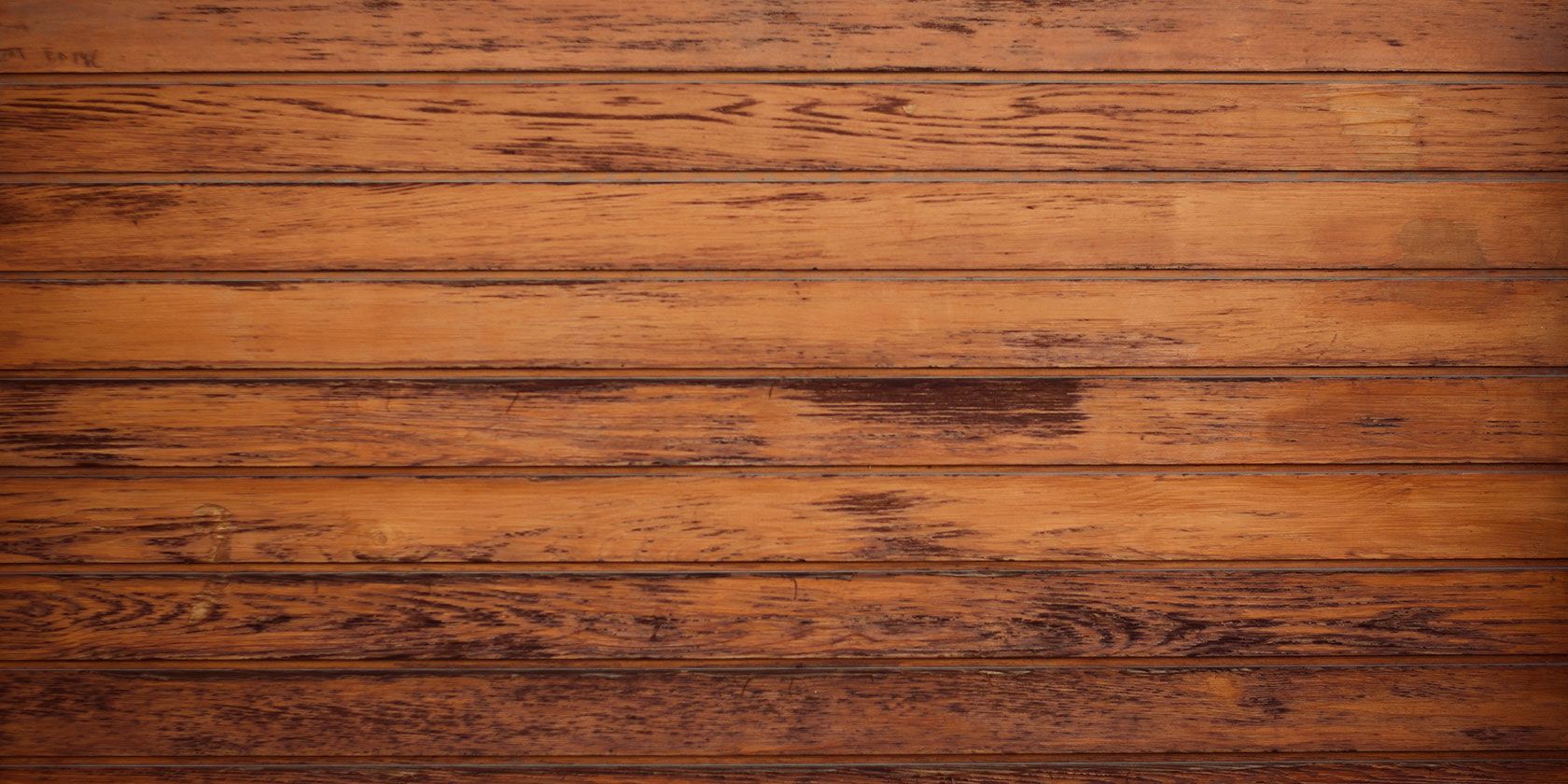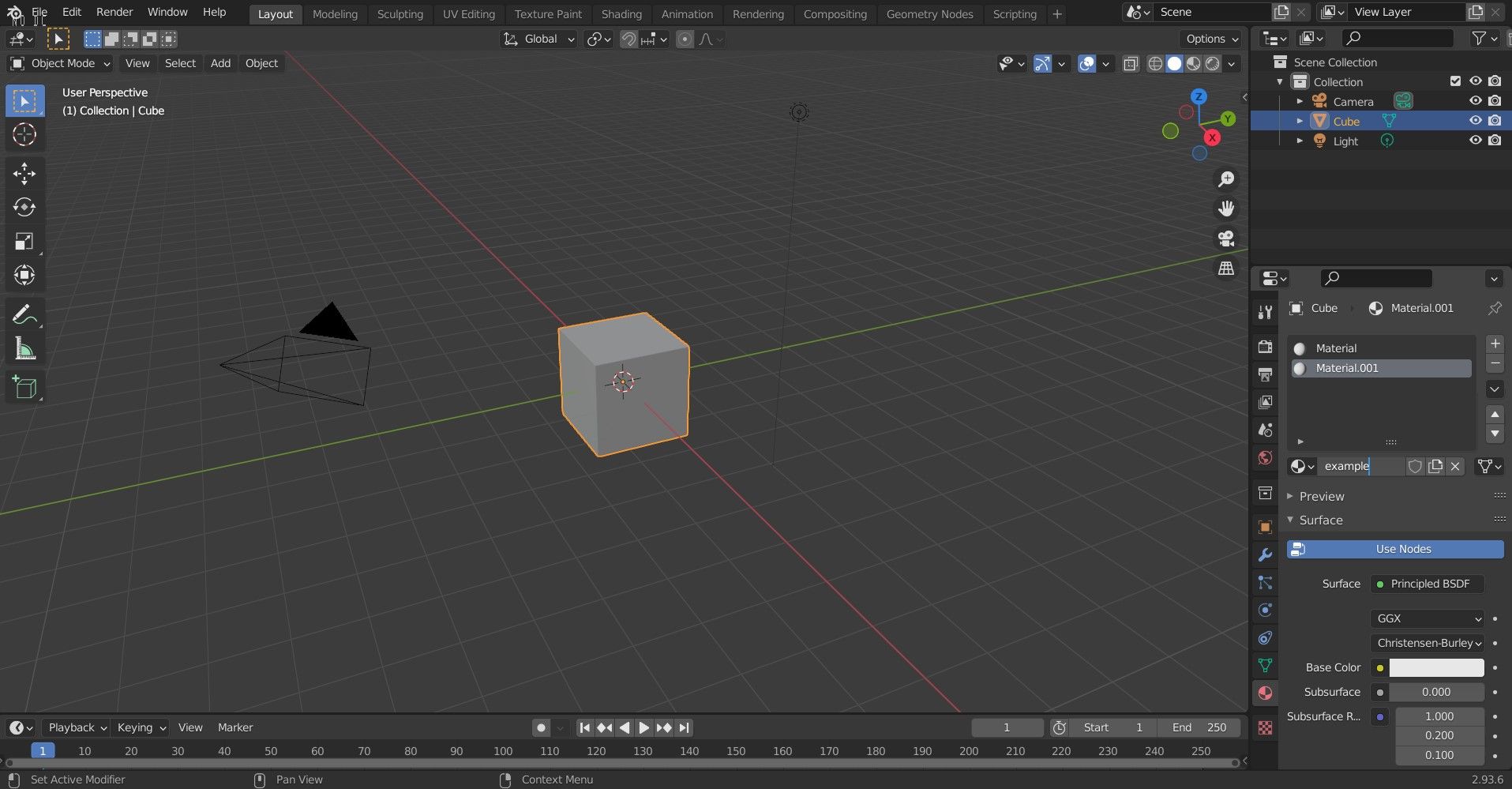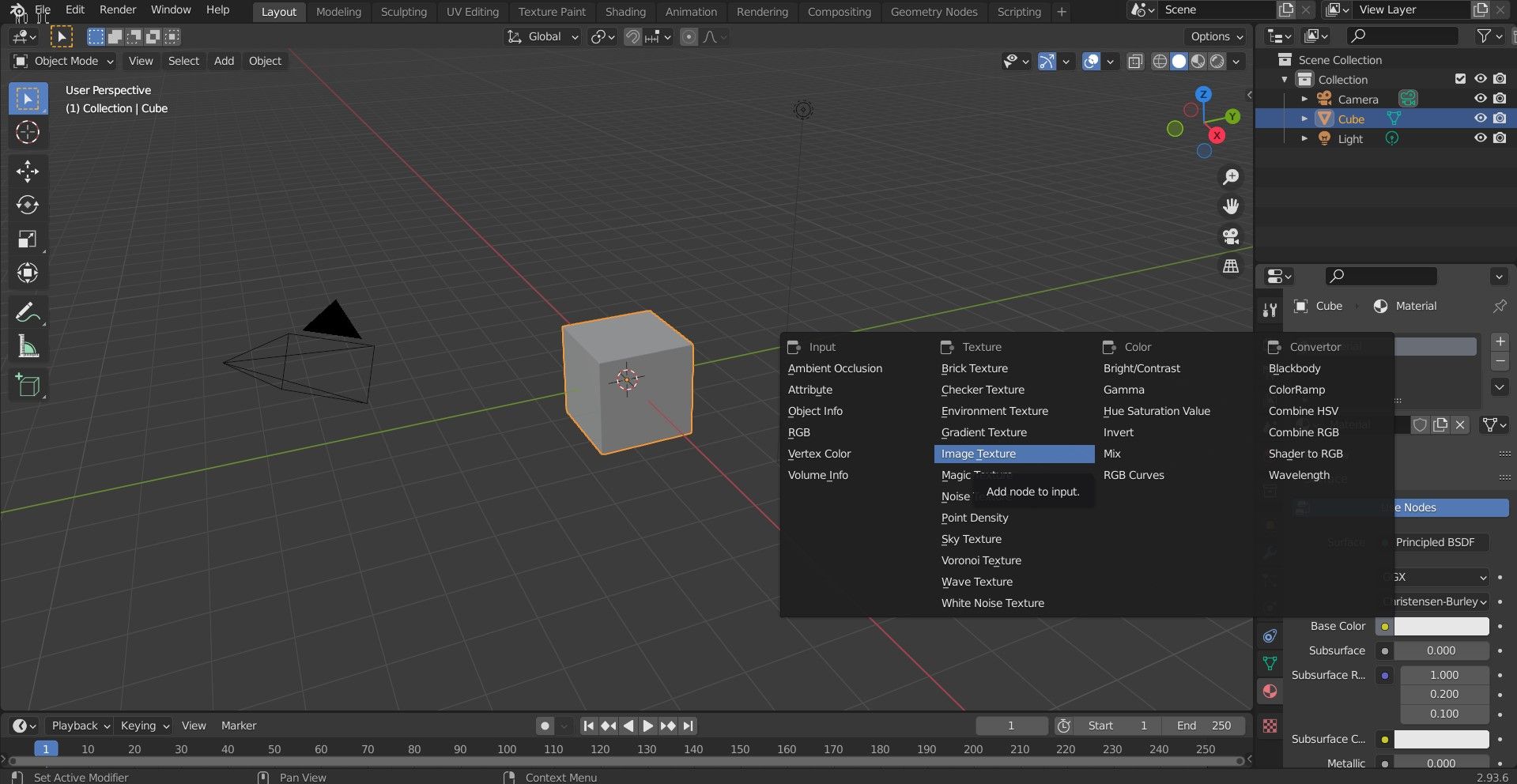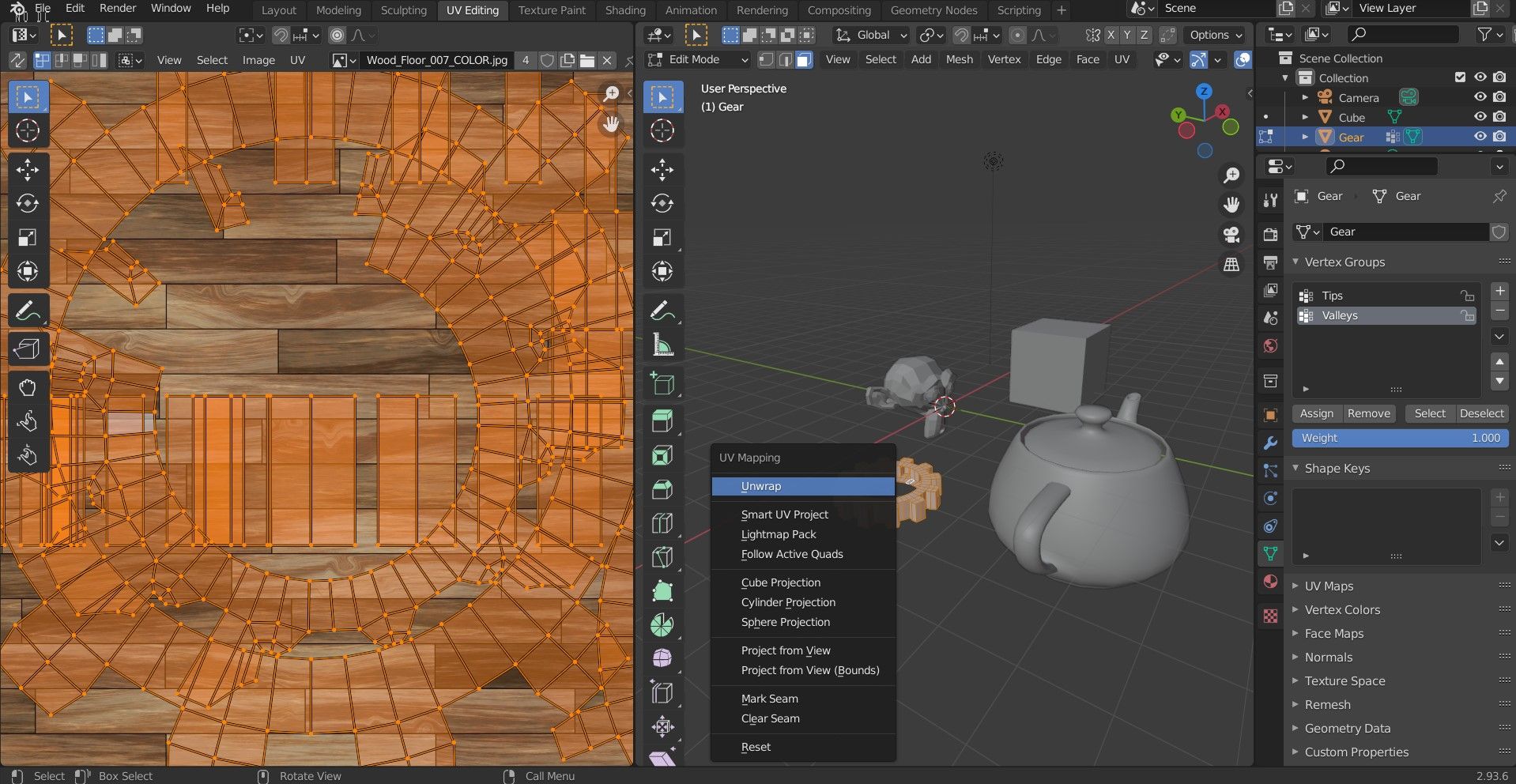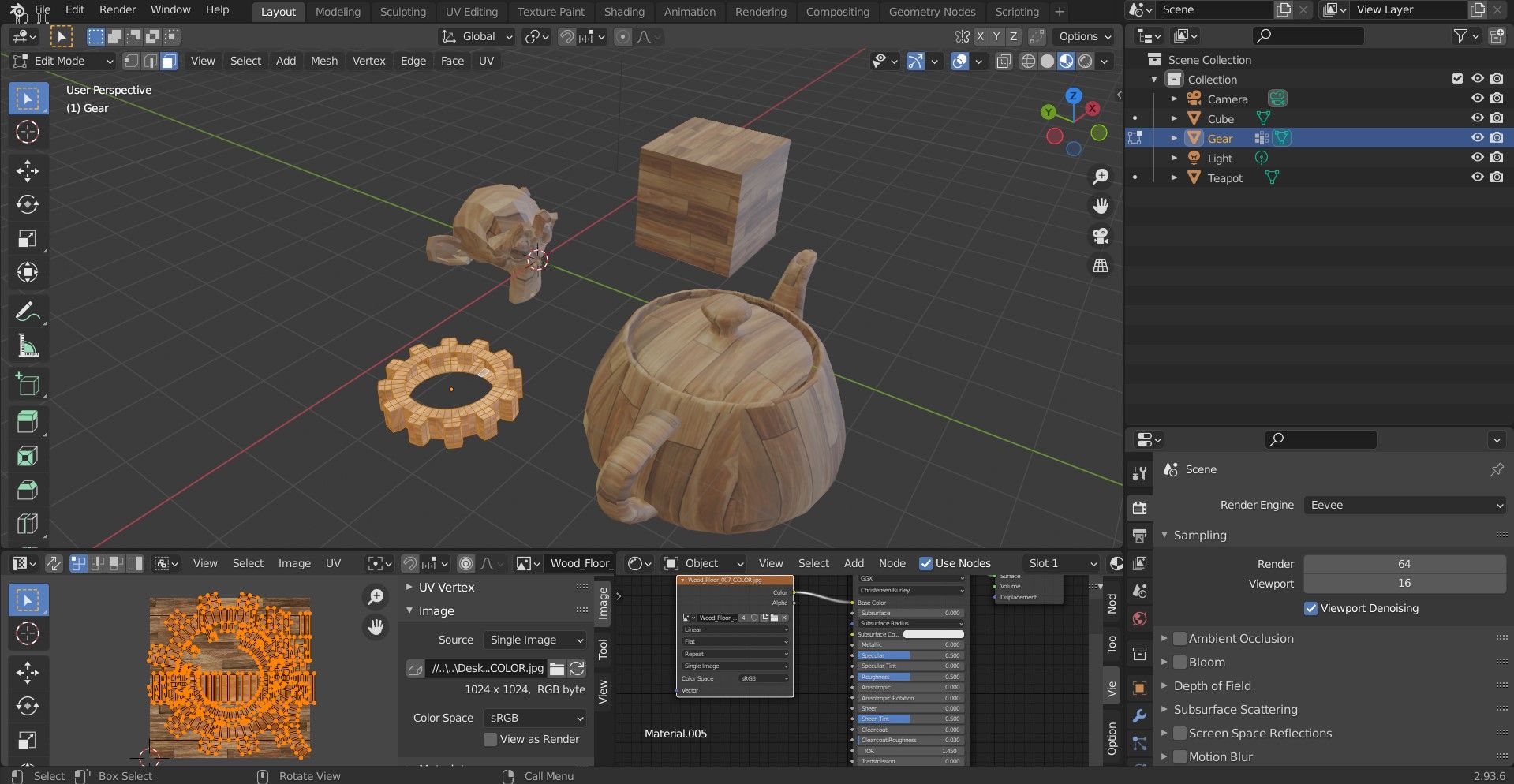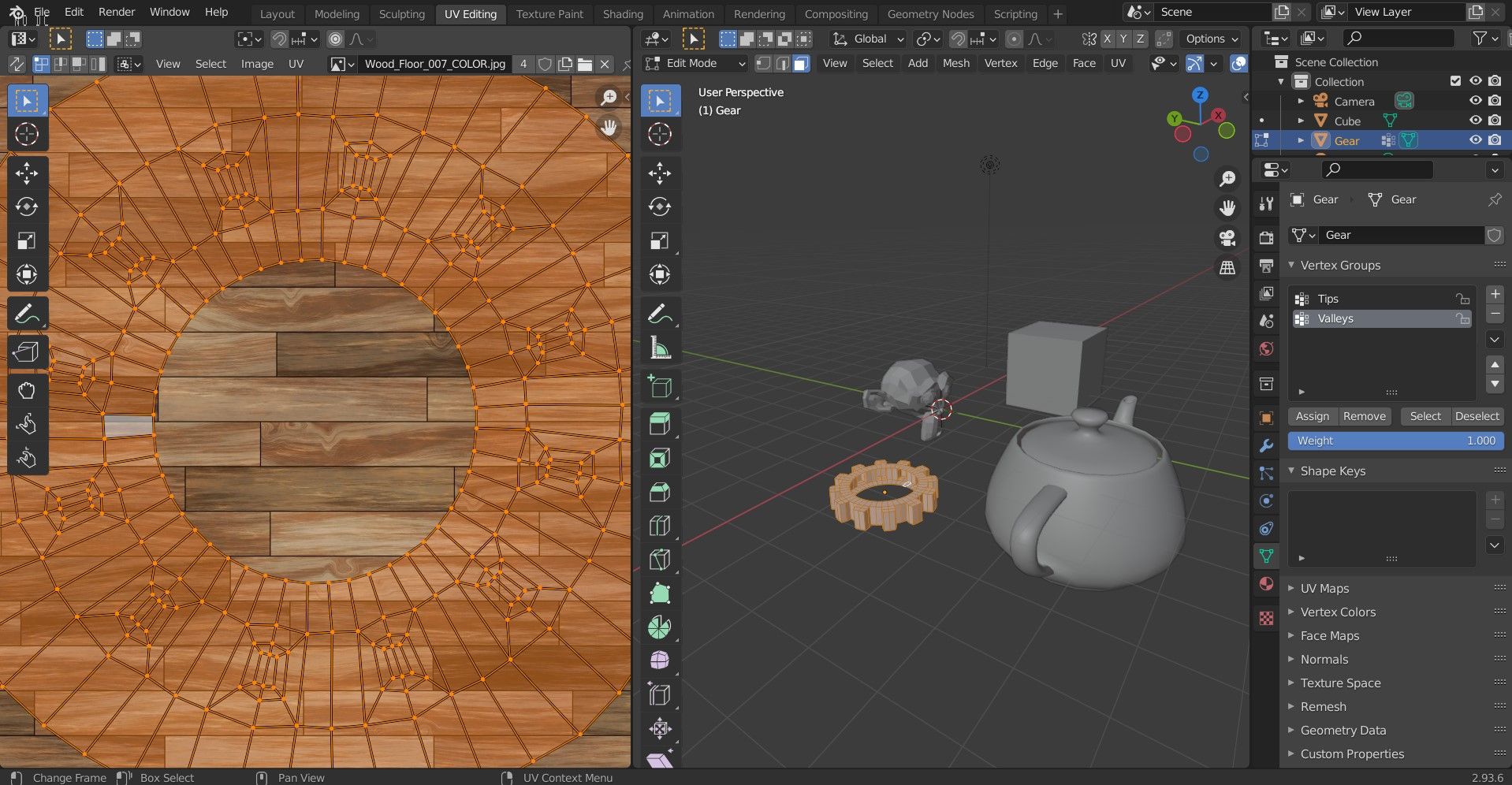The world around us is rich in texture; the surfaces of most visible objects are textured. As such, in computer graphics, a "texture" simply refers to how the surface of an object looks, and it's independent of its shape.
In this article, we're going to show you how to add textures in Blender. Let's jump right in!
Getting Started
Before we begin with adding the textures in Blender, you'll first need a texture file saved to your computer. This could be a texture file in PBR format, or physically based rendering, which is the process of creating digital two-dimensional images which store surface and color information that will be projected onto a 3D object.
However, any other format that Blender supports can also be used. Various websites provide free texture files, such as PolyHaven.
You'll also need an object to apply the texture to. We started off with a simple cube and added some more complex objects with more variation in their surfaces.
Step 1: Create a New Material
Before you can add texture, you'll need to assign a material to the object. Follow the steps below:
- Left-click on the cube and select Materials (the sphere icon located in the bottom right corner).
- Click the plus icon (+) to add a new material.
- Rename the material. For this example, we will name ours "example".
Now that the material has been assigned and named, it's time to apply the texture.
Step 2: Import and Apply the Texture
Follow these steps to apply the image texture to the object:
- In the Materials tab, locate Base Color and click on the small yellow dot next to it.
- Select Image Texture.
- Click on Open and locate the texture file you've downloaded earlier to import it.
After importing, you may notice that the object still looks the same. To view the changes, you'll need to enable Material Preview mode in the viewport; click on the sphere located at the top right-hand corner of the viewport. Selecting Display Render Preview mode also lets you see the texture.
Step 3: Unwrap the Object
Want more control over the appearance? You can do that by telling Blender how to map the texture to the faces of the object. To do this requires UV mapping, but first, you need to unwrap your object, which is the process of turning the surface of a 3D object into a flat 2D plane. In a sense, it's like unfolding the cube back into its flat state.
To UV unwrap, click on the object and follow these steps:
- Click UV Editing at the top. You'll see the 3D viewport on the right and the UV Editor on the left.
- Select the object by pressing A on the keyboard.
- To unwrap the object, press U on the keyboard.
Step 4: Cleaning Up
Sometimes, the texture may not display the way you intended right after UV unwrapping. This can happen if the texture wasn't made specifically for the object. Follow the steps below to work around this:
- Select the object and go into Edit Mode by pressing the Tab key.
- Change the editor type box to UV Editing.
- Select the parts of the unwrapped object you want to edit. To scale it, press S and move your mouse accordingly.
Add Cool Textures to Your Objects in Blender
Despite being free, Blender is a very capable software that enables you to create industry-level quality models. In this article, you've learned how to add textures to your models in Blender. Take the next steps and learn about all the other cool things you can do with this program; there are many tutorials to help you get started.

